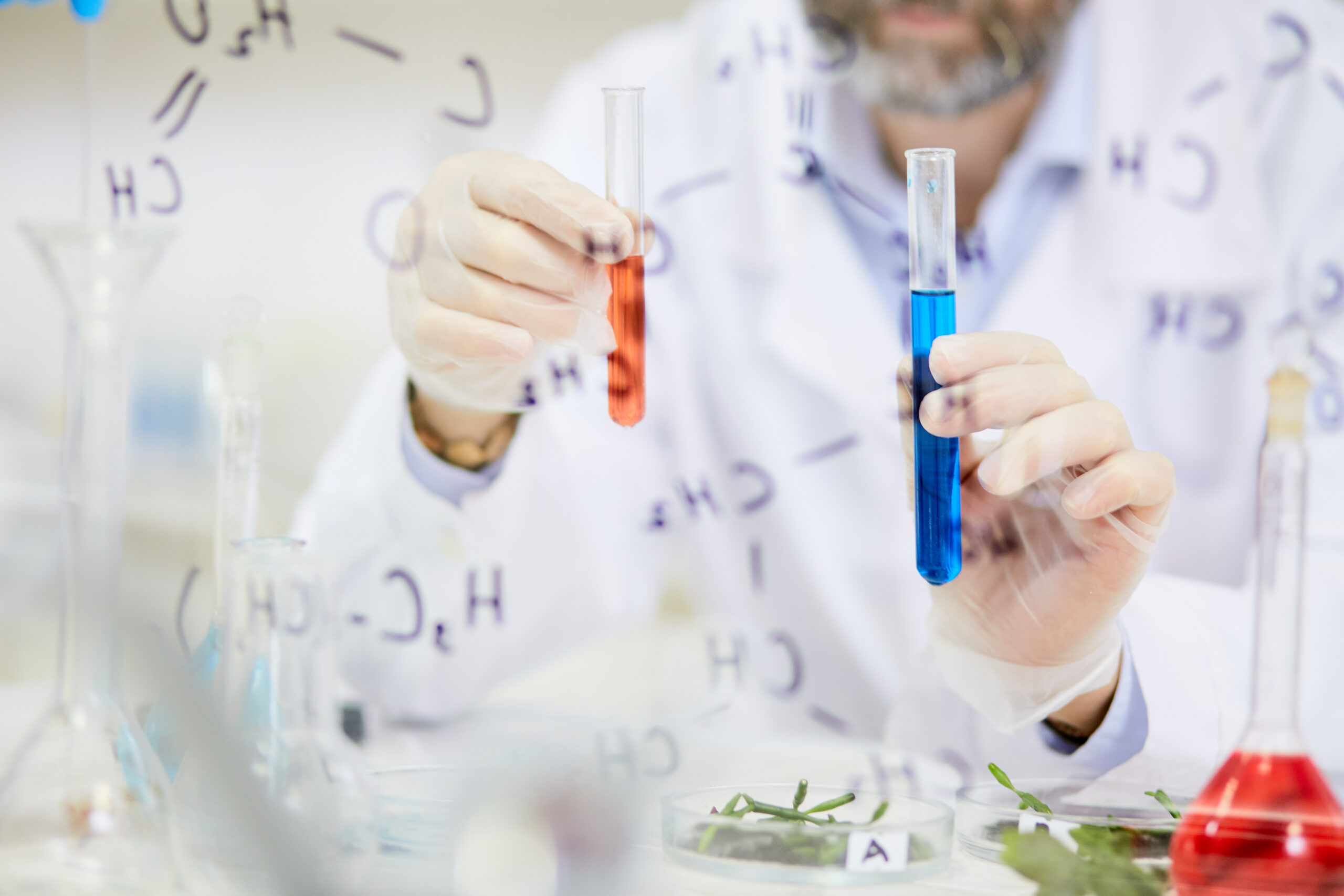Artificial Smell Will Save Us, So Biohybrid Nose Can Detect Cancer
Thanks to Cloud Computing and Artificial Intelligence, projects like this could also be developed by small and medium-sized enterprises, whose contribution will prove invaluable.
“We have a nose. The nose smells and chooses”. Even one of the most tormented musicians, composers and conductors of the 20th century said so: the Russian Igor Stravinsky. For him, the artist was “
simply a kind of pig in search of truffles
.”
The sense of smell, if you think about it, is the one that we consider the least but that has guided us the most since ancient times. Just think of the absolute inability to perceive smells caused by Covid-19. How many people have been found to be lost and frustrated when they didn’t even smell coffee in the morning?
Here, this small and almost insignificant example can give us the measure of how important and underestimated the nose is. Not by everyone, to be honest. For example, the nose can become a hi-tech tool for detecting ovarian cancer early. This is news from a few months ago that immediately made the rounds on the web. The Electronic nose is the technology used in a large study published in “Cancers”, conducted by the National Cancer Institute of Milan in collaboration with the State University of Milan, to improve the diagnosis of ovarian cancer.
“The presence of the tumor
,” explains Francesco Raspagliesi, director of the Gynecological Oncology Unit of the National Cancer Institute and first author of the study It causes changes in a whole series of metabolic processes, followed by the release of volatile organic substances. The electronic nose made it possible to detect the presence of some of these substances in the breath of sick women. These results seem to indicate a very promising line of research for a possible early diagnosis of these tumors in the future”.
Another similar project concerns prostate cancer. It’s called “Diag-Nose” and is an electronic nose capable of diagnosing prostate cancer and determining its aggressiveness in an early and non-invasive way. The study was carried out by Humanitas in collaboration with the Politecnico di Milano, which stood out for its radical innovation among 151 participating projects Switch2Product (S2P), the program that promotes innovative solutions and new technologies organized by the Politecnico di Milano, PoliHub – Innovation District & Startup Accelerator and Deloitte.
In short, the “artificial nose” is a tool that will be increasingly patented and used for research in the near future. Finally, there is the project still in the pipeline of the “biohybrid nose” with which, thanks to the biological parts of the nose of the mosquito, an insect whose olfactory system is developed, to say the least, it could be diagnosed early.
The latter is an ambitious study led by Dr. Shoji Takeuchi of the Biohybrid Systems Laboratory at the University of Tokyo. In a paper published in the scientific journal Science Advances, Takeuchi and his colleagues reconstructed the entire apparatus with synthetic biology.
Therefore, technology and specifically Cloud Computing and Artificial Intelligence are an integral part and fundamental element of this kind of research that in the not so distant future will be able to analyze increasingly complex mixtures of chemicals both in the environment and in the human body.
Thanks to the simplicity of the services of a Cloud provider such as
Amazon Web Services
, very ambitious projects could be developed for the same scientists who dream of being able to expand research and give the opportunity to smaller and less structured companies to develop studies that can be of help to society, such as those in the health sector.
